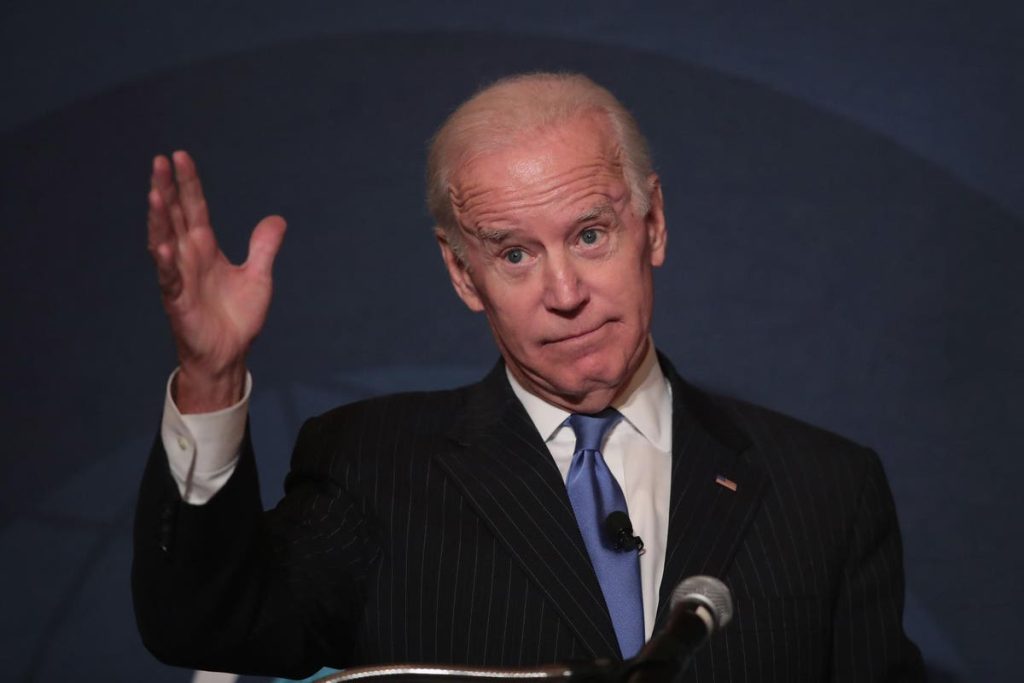Bidenomics — touted by some, most especially the White House, and demeaned by others, mostly Republicans — remains hard to pin down. Much that the president says when he describes Bidenomics is little more than a standard political exaggeration of his accomplishments and criticisms of his political opponents. In this, he is little different from other politicians – Democrat or Republican. There is one aspect of Bidenomics, however, that stands outside this oft-used template, and that is its embrace of industrial policy. That part of the picture deserves attention in no small part because it carries more risk than it seems to at first glance.
Of course, neither President Biden nor any in his administration have used the words “industrial policy.” Instead, the White House readout on the subject and the president’s speeches speak of “making targeted investments” and supporting “key industries that are critical to our national security and economic security.” When he refers to the CHIPS for America and Science Act as well as the green aspects of the Inflation Reduction Act as expressions of these aims, it is clear that the design calls for planners in Washington to determine what the nation will need in the future and then, as in these pieces of legislation, use subsidies, tax breaks, and low-cost loans, and the like to nudge business and industry, as well as consumers in the desired direction. This is effectively industrial policy, even when the expression is not used. It certainly fits well with the oft-used definition offered by the Congressional Research Service, describing it as “a comprehensive, deliberate, and more or less consistent set of government policies designed to change or maintain a particular pattern of production and trade within an economy.”
Thus, the CHIPs for America and Science Act as described by the White House offers some $52.7 billion in subsidies to firms that will build semiconductor manufacturing facilities in the United States. It also controls the sale of advanced computer chips and chip-making equipment to China. The White House read on the Inflation Reduction Act adds some $369 billion to already generous tax advantages and subsidies for wind and solar power and their use by consumers and businesses as well as for electric vehicles. And indeed, the White House material on Bidenomics positively brags on the size and extent of the incentives in various bits of legislation and executive orders to move consumers and businesses in Washington’s desired direction. The White House’s brief press release to describe Bidenomics already speaks of how the incentives have garnered 10 million applications from small businesses to pursue Washington’s priorities as well as how the incentives have spurred the announcements of some “$490 billion in private investment commitments” in favored areas, including plans for “more than 150 battery plants and 50 solar plants.”
None of this is to suggest that such investments are wrongheaded or misplaced. If future technologies and consumer preferences demand such an effort, it will pay off handsomely, not the least because the government incentives will marshal considerable economic resources – capital, labor, and intellectual – to these ends. But no one can securely say that the future will make such demands or to what extent. If, as is entirely possible, all the response to Bidenomics’ incentives misses the needs of that future reality, then much of the effort will go to waste. The nation might, for instance, create a greater capacity for electric vehicles than the public wants. Or the emphasis on the production of American-made semiconductors on top of similar emphases in China, Taiwan, and Japan might in 12-24 months create a global glut. Alternatively, a technological breakthrough might limit demands for the sort of semiconductors being emphasized in the United States and elsewhere. That is exactly what happened in the 1980s, when Intel’s microprocessor rendered useless Japan’s massive effort to gain global dominance in simpler chips. What is more, the lure of Washington’s incentives might prompt a neglect of alternative investment avenues that otherwise would capture future needs.
To be sure, all planning, whether done by government or private firms, suffers the same disadvantages. No one can see the future. Many investments miss the mark and fail to offer an adequate return to those who made them or the economy. But when an industrial policy is marshaling vast resources to a relatively narrow focus, the mistakes, when they occur, happen on a grand scale. Without government incentives and guidance, markets will pursue a more diverse array of ventures as thousands of individual decision makers follow their own lights. Many of these efforts will miss future needs and demands, but each loss will be small compared to the loss should the industrial plan miss the mark. What is more, business planners face tighter budgets, are constantly reviewing their efforts, and because they are also closer to their customers, are less likely to pursue a failing project for as long as do necessarily distant government planners. Perhaps most significant is how the very lack of focus in markets – the overwhelming diversity of effort — raises the probability that somewhere in that chaotic mélange of activity one of them will uncover one of those elusive future needs, build on it, and contribute to the nation’s prosperity.
There is no telling how things will work out. Right now, the emphasis of Bidenomics seems reasonable enough. There is, after all, a consensus among economists and businesspeople that Washington’s chosen directions will capture the future. Certainly, that is what the headlines in the financial media suggest. That consensus is so strong, in fact, that with minor variations, China, Japan, and other economies are emphasizing the same areas. Future needs may be great enough to justify all this effort. But it would be foolish not to recognize the obvious and potentially huge risks involved in so much focus on what in the grand scheme of things is a rather narrow area of endeavor.
Read the full article here










